Hiroko’s Honda
Sunday, September 24, 2023, marks 75 years since the Honda Technical Research Institute, founded by Honda Soichiro, was incorporated as Honda Motor Company. To celebrate its birth, we are revisiting this delightful story. It originally appeared on this site in May of 2020. Enjoy! — Ed.
Sometimes, the most ordinary cars have the most extraordinary stories. Five years ago I spotted the golden-brown flash of an original first-generation Civic turning down a side street, and I gave chase. Good thing I did, too, because that one little Honda unraveled a hopeful tale that continues to surprise me.
Between 1973 and 1979, thousands and thousands of Honda Civics found their way into garages and driveways all across Canada and the U.S. It was the marque’s first real sales success and a common sight on the street. Since then, the original Civic has faded from sight, dissolved by rust. It was a casualty of economical roots. People tend to restore and preserve cars perceived as special or desirable; run-of-the-mill people-movers get used up and forgotten.
Not this people-mover. As I stood in a library parking lot in East Vancouver, looking over the survivor Civic, I couldn’t help but marvel at how it had been preserved. A 1977 model with the two-speed Hondamatic transmission, it was somehow flawless. The paint shone, the steel wheels were scuff-free, and the interior was a Japanese time capsule of mainstream 1970s transportation. Even weirder, the car wore ordinary-use license plates, not collector ones. Was this immaculate Civic a regular daily driver?
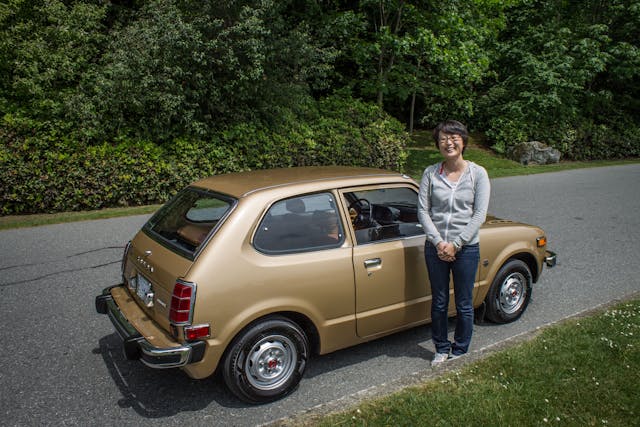
Hiroko Marunaka, the Civic’s owner, emerged from the library unsurprised to find someone admiring her car. She told me that this sort of thing never happened in reserved Japanese society, but Westerners were often friendly and curious about her car. They always had a Honda story to tell, a car they remembered from their youth. She’d become used to it.
I liked Hiroko immediately—she had a curator’s outlook. “I just really like old stuff,” she said, “Antique furniture, old buildings. I think about all the people that have lived in a place or touched something. Many people, including me, have loved this car.”
An international student from Okoyama, just outside Osaka, Hiroko had come to Canada to study nursing. She had christened the Civic “Kinjiro,” meaning “second golden boy” in Japanese. While in Japan, she’d owned a similarly-colored Toyota Hilux so pristine that Toyota had borrowed it for a heritage display. She took painstaking care to keep her beloved car clean and original.

About a month after our chance encounter, I met up with Hiroko and her ’77 Civic beneath the cherry trees of Vancouver’s Japantown. 1977 happens to be the same year that sakura cherry blossom trees were planted in Vancouver. The planting marked the 100th anniversary of the first Japanese immigrants to British Columbia, and also the official redress process for wartime confinement and property confiscation of Japanese Canadians. It also marked the beginning of the first Powell Street festival, the largest celebration of Japanese arts and culture in western Canada. This year, for the first time in forty-three consecutive years of operation, that festival has been canceled because of public health concerns surrounding the current pandemic.
On that sunny day, however, there were crowds thronging the streets. Cherry blossoms were scattered across the city, and the little 53-hp Civic chugged along through the city streets. I laughed to see the double-takes, people ogling at an ordinary little economy car as they glossed over the city’s frequently-seen Lamborghinis and Aston Martins.
To drive, the Civic felt like all early Hondas: light, and airy, and fun. There was nothing impressive about the car’s performance, but the scrappy Civic possessed a certain willingness as it zipped through traffic. Everywhere we went, people smiled. For a fuel-saving hatchback with a two-speed automatic, the Civic had far more charisma than the last supercar I drove.
As we puttered along, Hiroko told me of her plans to immigrate to Canada. The process was not so easy, she said, and her initial application had been turned down. She wanted to complete her professional training, which might be easier to do if she moved to the maritimes, where there was a nursing shortage. Funding the move would require selling her treasured Civic, but she had fallen in love with Canada and wanted to stay. If given the chance, she would leap at it.
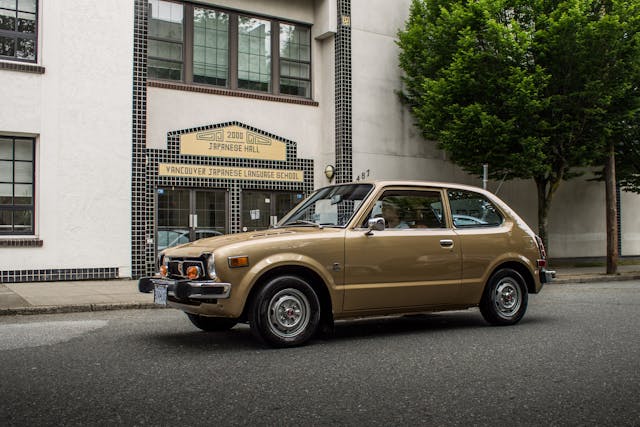
The Honda Civic has been the most popular passenger car in Canada for nearly two decades now, and we’ve been building them in Ontario since the mid-1980s. The story of the Civic is, in a way, a Canadian immigrant success story. Once, it was an import. Now, it’s built here. I wrote up the story of Hiroko and her Civic for a national newspaper, touching on her hopes to move here and find belonging.
Somehow, that story ended up in the hands of Hiroko’s immigration case officer. They saw something perhaps previously missed. Hiroko got a call—her application would be granted.
The local first-generation Civic club had already assisted Hiroko with finding parts and a reliable mechanic for her car, and they came through again when it was time to sell Kinjiro. Setting a price was a bit tricky, as there were few comparable examples, but the car ultimately found a good home in the U.S., in the hands of someone who had also read the article about Hiroko’s Honda.

“I’m a bit sad that the beautiful Civic doesn’t belong to this country any more,” Hiroko wrote me, “But at the same time, I’m happy that I finally found the right person and passed my car to him. I’m leaving for Halifax next Monday, so this is actually the last week I stay in Vancouver. I’m starting to feel a bit bittersweet, but I’m officially a landed immigrant now, and I can’t wait to start a new chapter in my life.”
For the last four years, that was all I heard from her. In this job, you often cross paths with people, interact briefly, then move off on your separate orbits. With healthcare workers at the forefront of all our minds, I sent Hiroko a note, hoping she was doing well. She wrote me back to say that she’s returned to Vancouver and is working at St. Paul’s Hospital. She has become a frontline nurse at the hospital where both my children were born, helping those who need it most.
One small, once-ordinary Honda. One spontaneous meeting. One more reason to be always chasing cars.





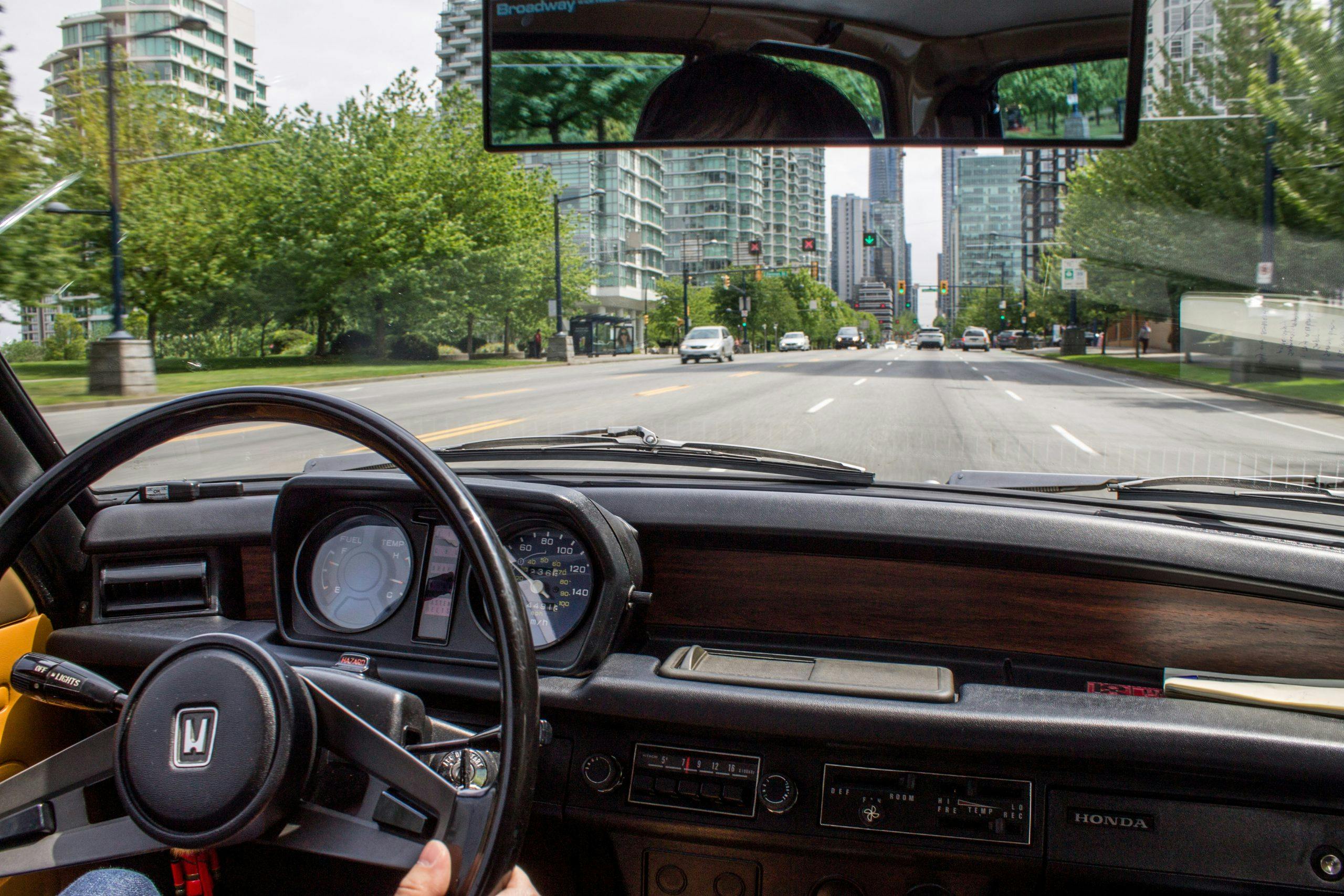
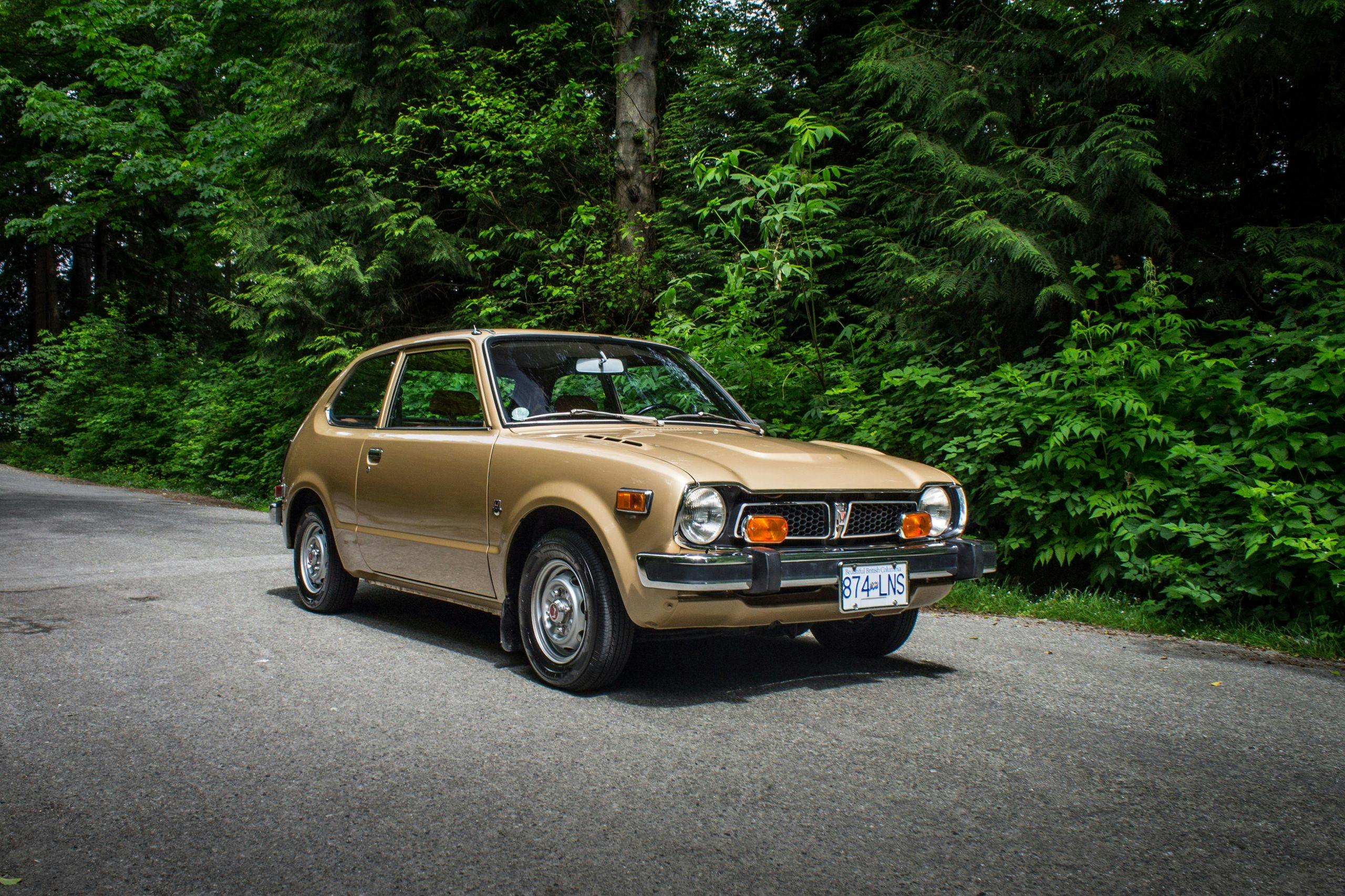
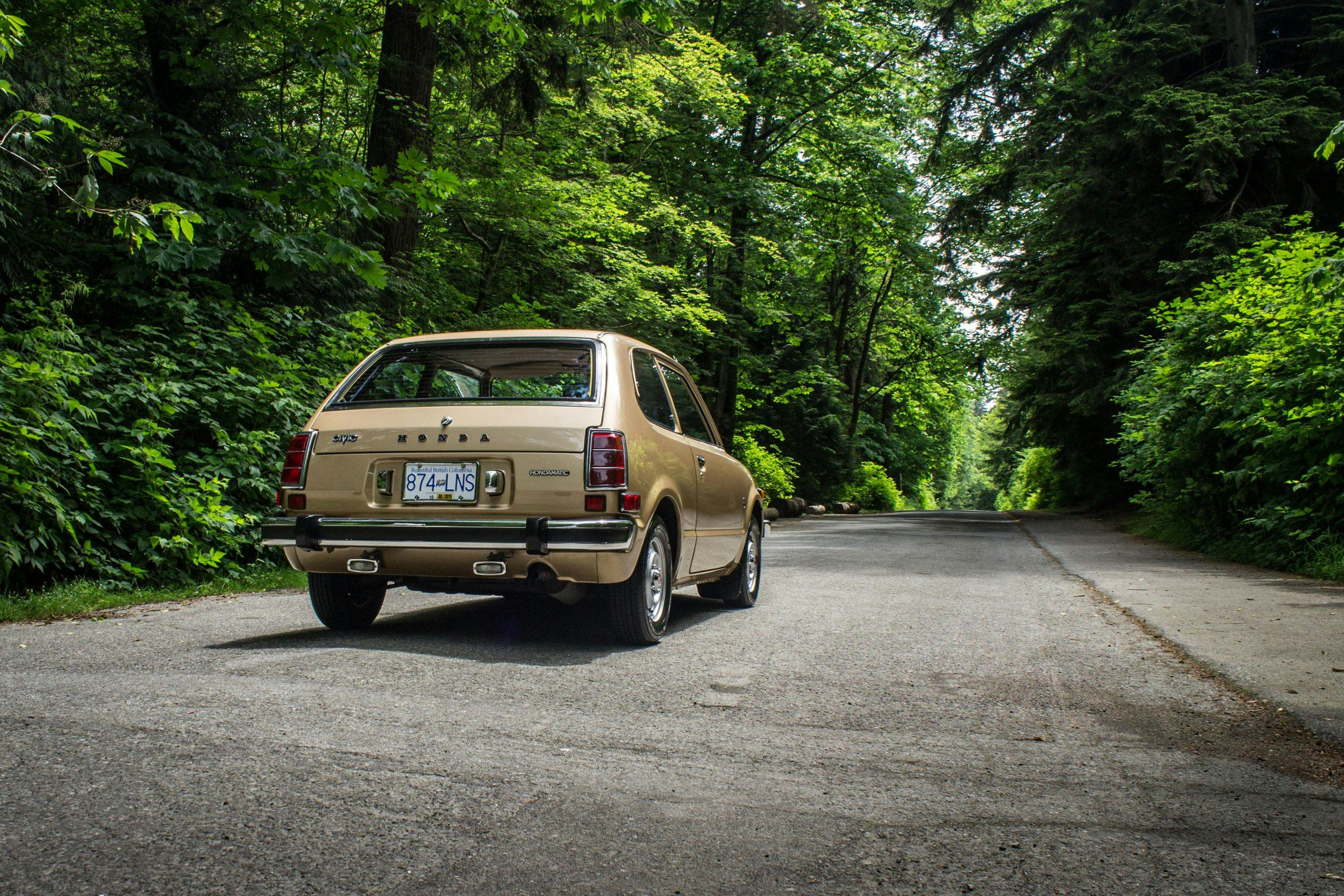


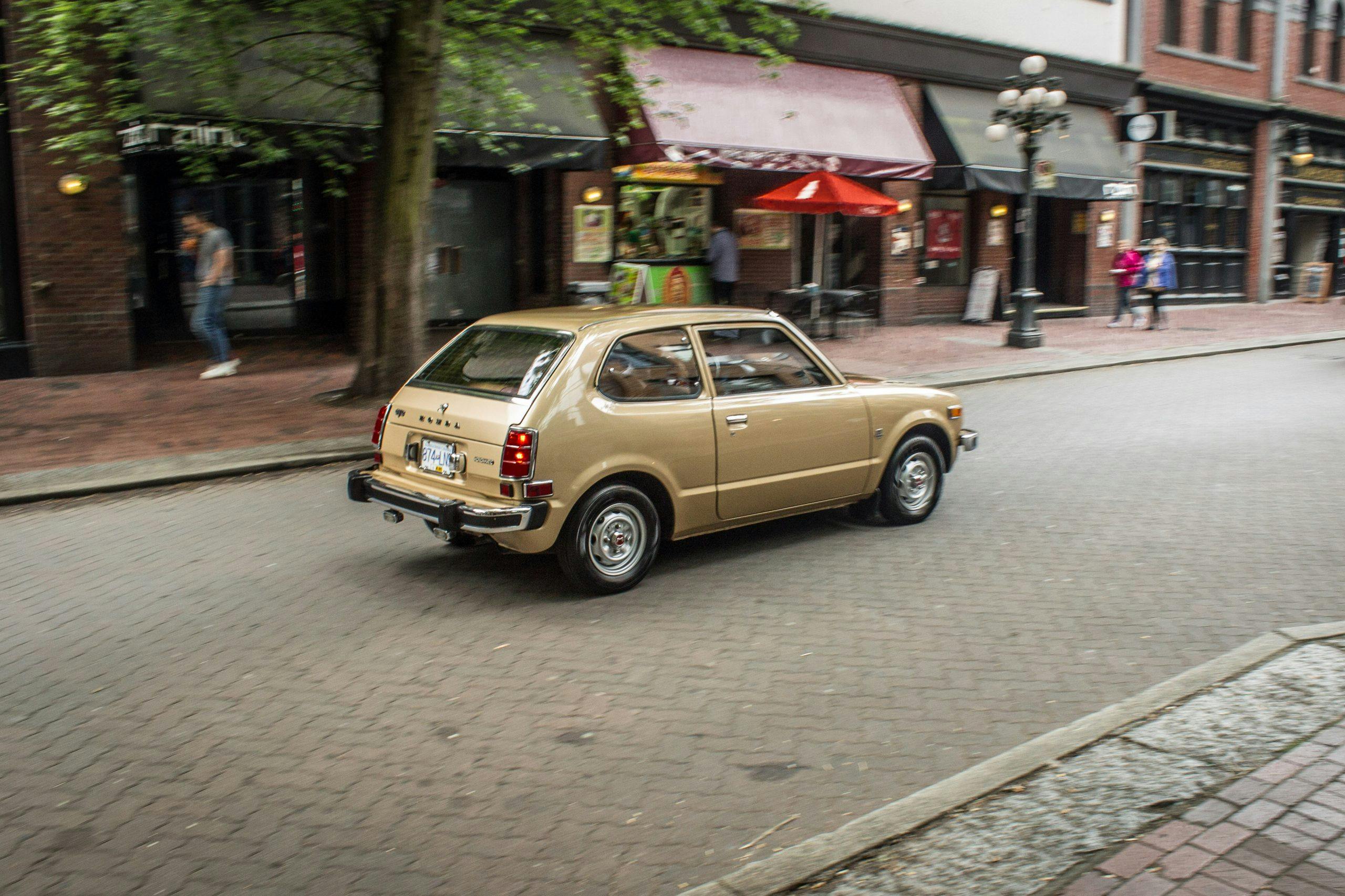




Bought a new 1974 civic and loved that car, put 98,000 miles on it and only repaired a brake cylinder before I sold it.
Wonderful story. Most Americans could learn from this accomplished young woman. A late friend and renaissance man, licensed aero and auto mechanic, machinist, master welder, who still owned when he joined his ancestors at 93 in 2015 the silver four-speed Civic he bought new in early ’74, doing all his own work on it as he did on all his cars, from the ’50 Ford six w/ overdrive he’d bought new for his wife –insisting on the equally powerful but simpler six and not the V-8 the salesman was pushing — and still owned, the supercharged ’37 Cord Phaeton he bought as a very young wrench at the Alameda Naval Air Station in 1942, which he also retained, his ’52 GMC 3/4-ton pick up bought in ’55, still driven ’til he died, an earlier ’33 Auburn 12 convertible sedan w/ two-speed Columbia and two dozen others over the decades.
He loved the little Civic, saw it as at least equal to any of the preceding, it reminding him of its spiritual forebear, the 10-inch-wheeled Mini Coopers he’d rented when visiting England. I drove it, recall its manual choke, underscoring its simplicity. It never let him down.
What a charming story above. This disposable, affluenzic society would do well to lose several million clones in exchange for another hundred Hirokos. Bravo.
I love this story